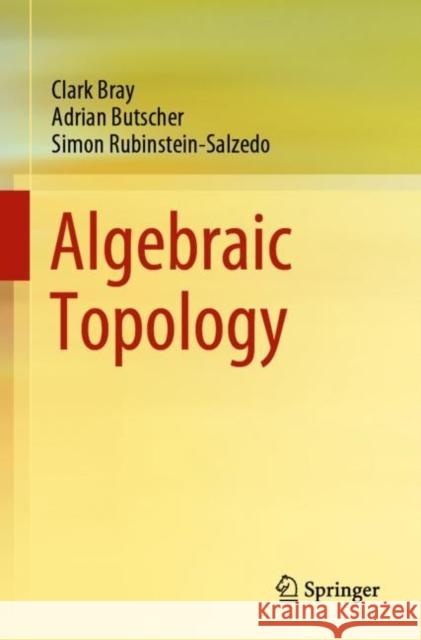Algebraic Topology » książka
topmenu
Algebraic Topology
ISBN-13: 9783030706074 / Angielski / Miękka / 2021 / 209 str.
Kategorie:
Kategorie BISAC:
Wydawca:
Springer Nature Switzerland AG
Język:
Angielski
ISBN-13:
9783030706074
Rok wydania:
2021
Wydanie:
2021
Ilość stron:
209
Waga:
0.36 kg
Wymiary:
23.37 x 21.59 x 1.02
Oprawa:
Miękka
Wolumenów:
01
Dodatkowe informacje:
Bibliografia
Wydanie ilustrowane
Wydanie ilustrowane











